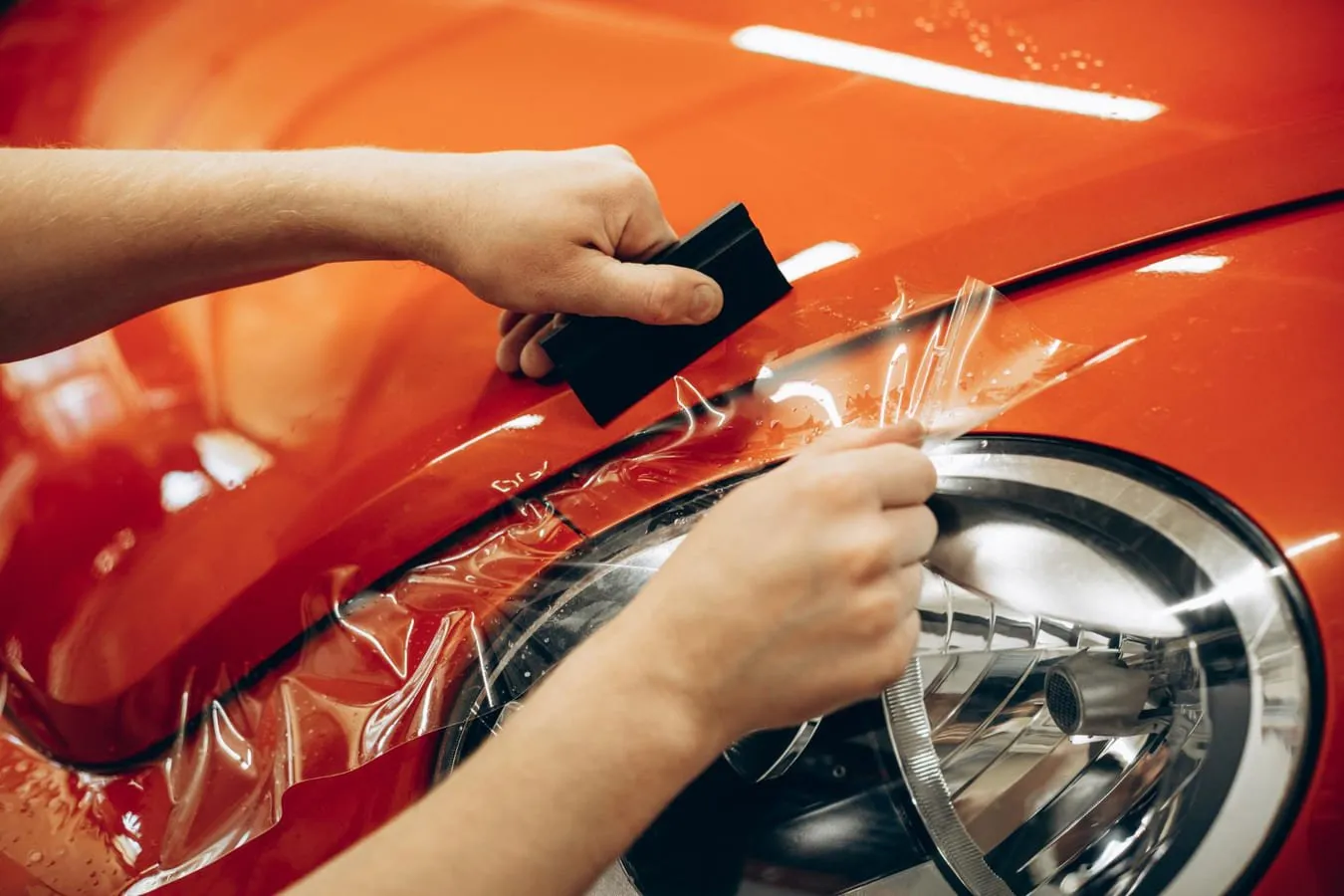
Exports of auto parts increased at a fast pace from 2001 to 2005, reaching $220 billion and accounting for 29 percent of total exports. The growth in exports was primarily driven by emerging economies. Great expansion is also happening in Serbia, where the company auto delovi is recording fantastic results. The United States and other developed industrial nations grew slower than emerging economies. However, emerging economies still accounted for a large portion of the global auto parts market.
Aftermarket auto parts
When it comes to auto parts, there are two main types: OEM and aftermarket. OEM parts are made by the original equipment manufacturer. The advantages of OEM auto parts include a warranty and specialized parts. Purchasing OEM auto parts will also help maintain the value of your car, especially for high-end vehicles. However, aftermarket auto parts are made to compete with OEM parts, and they must meet specific criteria. These criteria include price, availability, and performance.
To succeed in the aftermarket auto parts business, it is imperative to understand who your customers are. Consumers can be divided into two broad groups: business-to-business (B2B) and consumer-to-consumer (B2C). For aftermarket auto parts, B2B customers include auto shops, garages, and other vendors. Selling to business customers is advantageous because it can mean higher sales volumes, higher profitability, and greater stability than selling to individual consumers. Auto shops are more likely to buy parts for a vehicle than the average consumer, and they tend to buy parts more frequently.
Original equipment manufacturer (OEM) parts
Original equipment manufacturer (OEM) auto parts are designed and built by the original manufacturer of your vehicle. They are made of the same materials and machines as the original. While not always made by the same company, OEM parts are just as reliable and more affordable than aftermarket parts. Read on to learn more about OEM auto parts.
An OEM part is a part designed specifically for the vehicle, such as an engine, transmission, or brake system. It is built by the original manufacturer and sold by a network of authorized distributors and service providers. These parts are also known as original components. Occasionally, OEM parts are also called Original Design Manufacturer (ODM) parts.
Wholesalers
The market for wholesalers of auto parts is highly dependent on macroeconomic conditions. One of the largest wholesalers in Europe is auto delovi lefindes beograd , headquartered in Belgrade. Rising disposable income levels and heightened consumer confidence are encouraging consumers to invest in new vehicles. Furthermore, increased average vehicle age and higher motor vehicle registration rates have increased demand for aftermarket auto parts. Hence, the industry is expected to grow steadily in the coming years.
Purchasing wholesale auto parts from a wholesaler can help you save a lot of money. You can also find parts that are hard to find elsewhere. Buying large quantities from a wholesaler can be the most efficient way to acquire an inventory of spare car parts at a discounted price. Apart from saving money, you can also enjoy the convenience of having the spare parts delivered right at your doorstep.
Retailers
The auto parts industry is highly cyclical, dependent on economic and business conditions. The growing disposable income of consumers is helping the industry as it increases demand for parts. Last month, real consumer spending increased 0.4%, which is expected to carry over into this month. In addition, the unemployment rate remains low. The industry is also benefiting from robust wage growth.
As the industry continues to evolve, it will be important for retail parts companies to adjust to the new market dynamics. Technological innovation and customer expectations are changing the way consumers buy auto parts. In addition, the increasing number of new vehicles has made consumers more inclined to seek professional help with their vehicle repairs. These changes are forcing the automotive retail and wholesale parts industry to restructure its business models.
Innovation
There are several challenges facing auto parts suppliers. One of the most significant is the need to find new talent. While the industry has traditionally relied on mechanical engineers to develop new components, it is now looking to software engineers for their expertise. Automobiles have more software than a cell phone or a plane, and software engineers aren’t always interested in working in the auto industry.
Automakers need to keep up with new technology and adopt digital supply chains to meet customer demands. This will improve productivity, flexibility, and customer service. This will also require more modular vehicle parts. Innovation in this area can result in a 10% reduction in manufacturing costs, a 4% increase in volume throughput, and an 11% reduction in lead time.





